The History of Markinch
Markinch and the surrounding area has been populated since approximately 4000 BC. The region to the northwest of Markinch was important during the Neolithic era (new stone age) and the Bronze Age as it appeared to be the main site for rituals. Balbirnie park contains a hedge-like circle (as pictured). A beer like substance was also found.

Five massive terraces were cut into Markinch Hill, although they have not been dated with certainty it is believed they were created during the medieval period. The complex is roughly 300 meters (about 984.25 ft) long and the terraces range from five to nine meters long. The true purpose of these is currently unknown, however it would have taken a considerable amount of time to create.
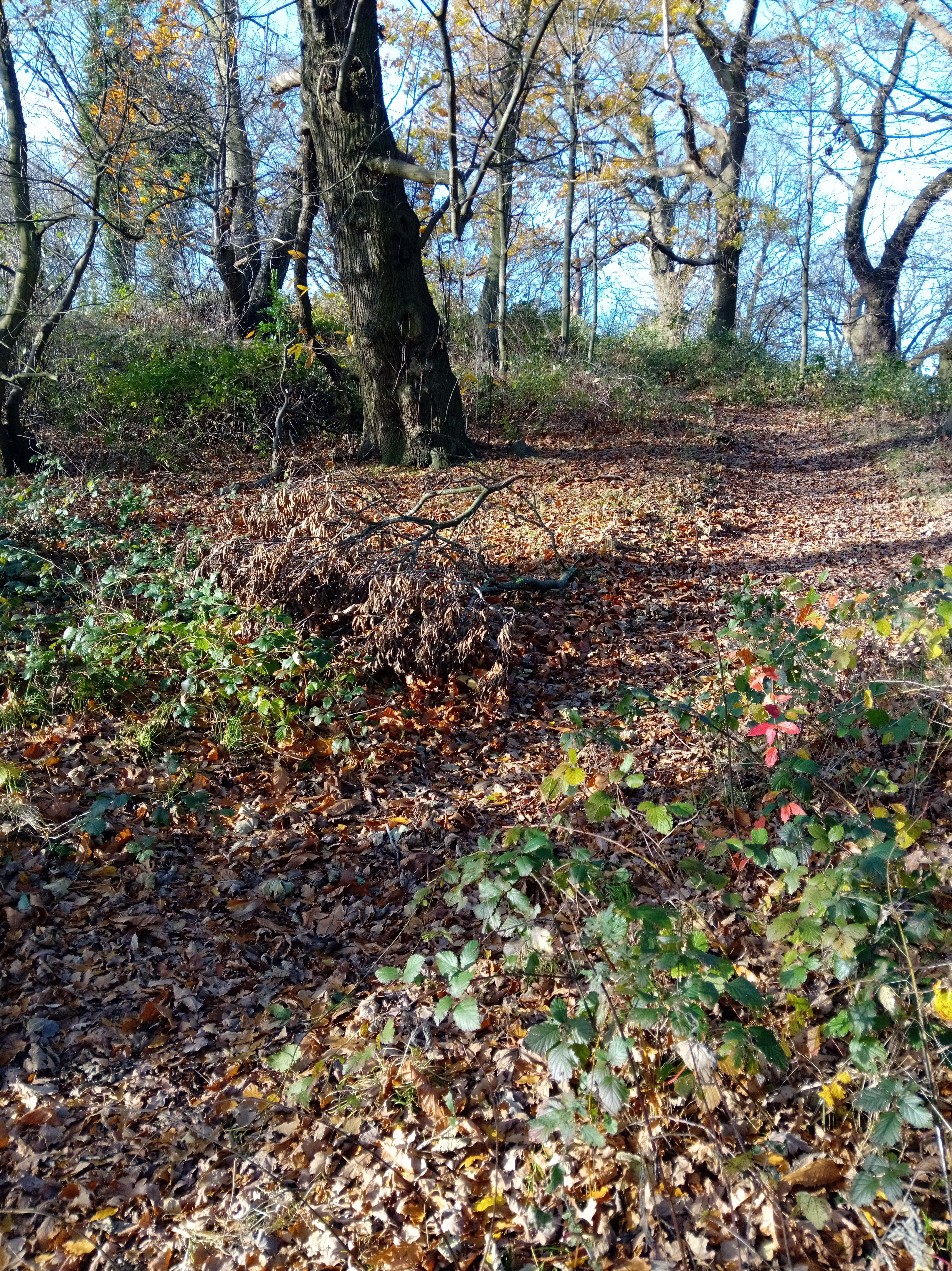
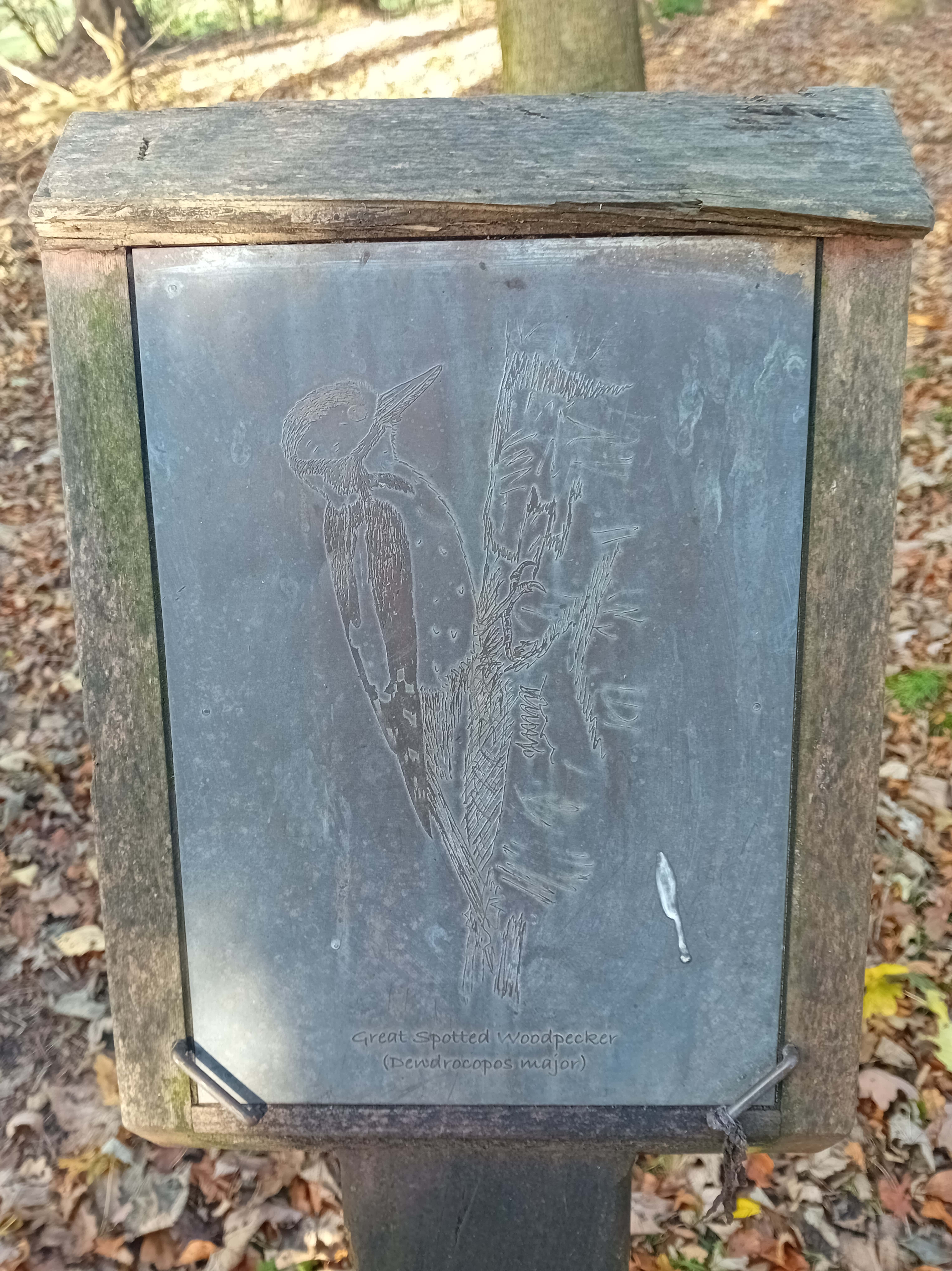
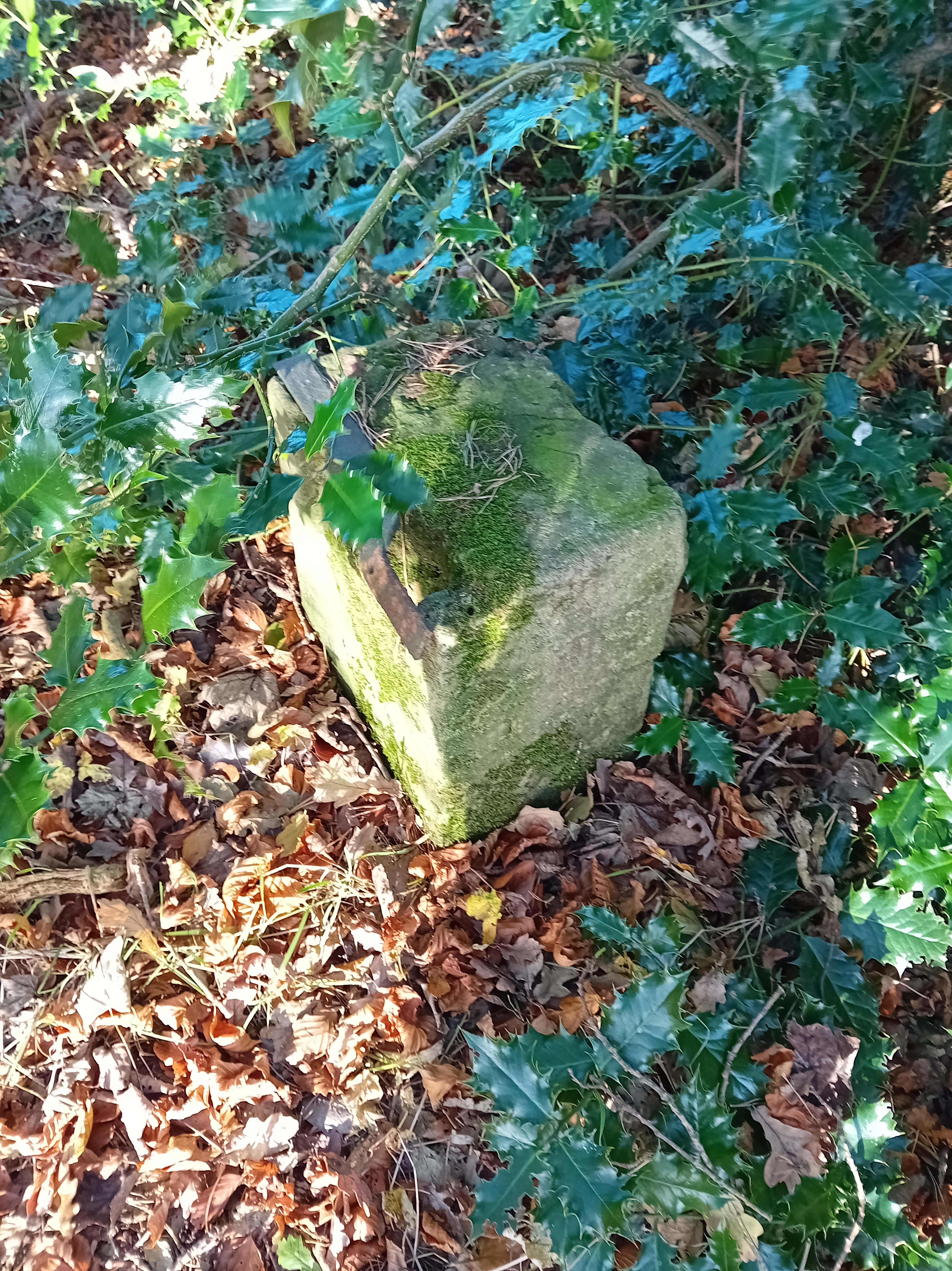
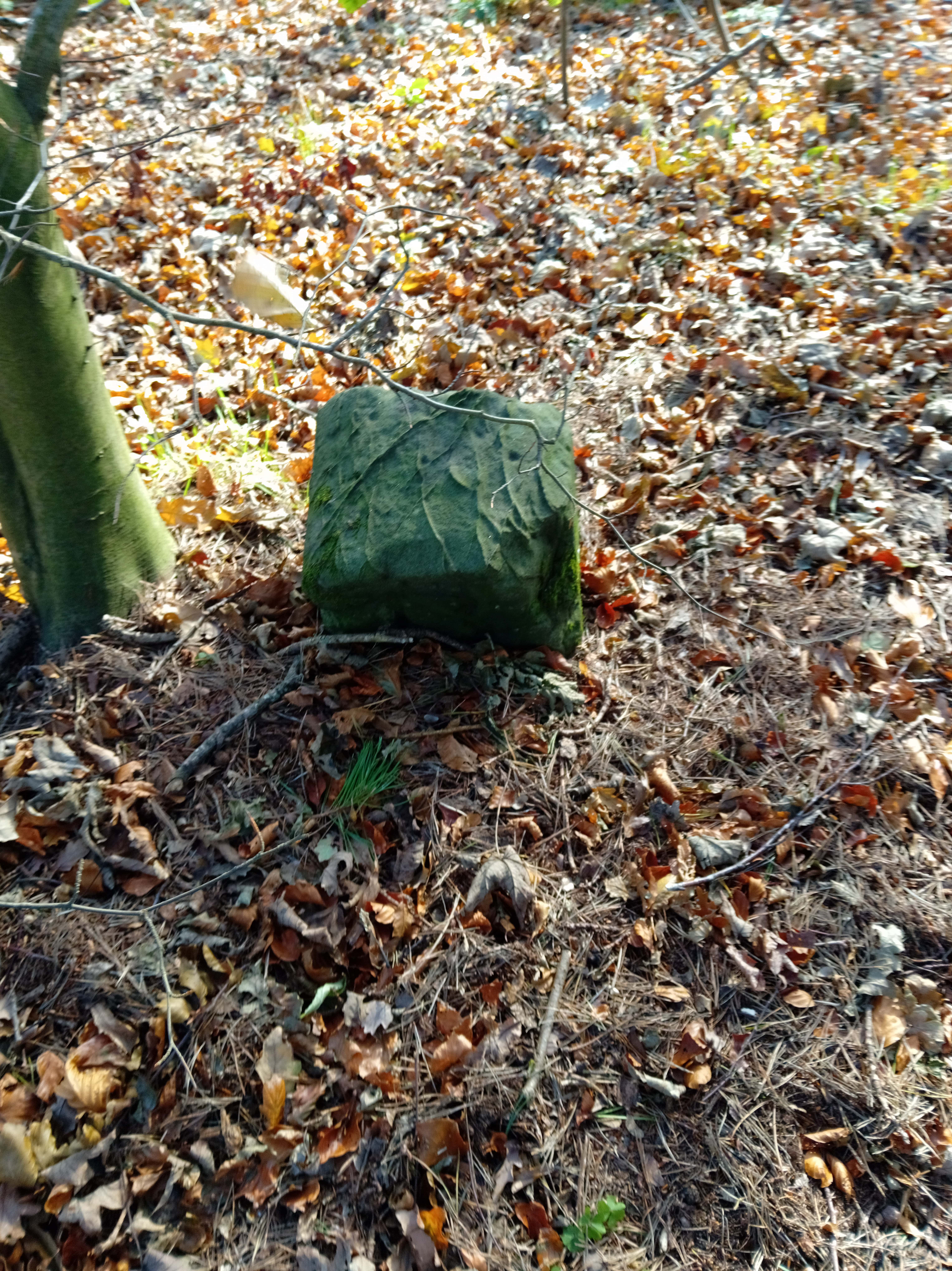
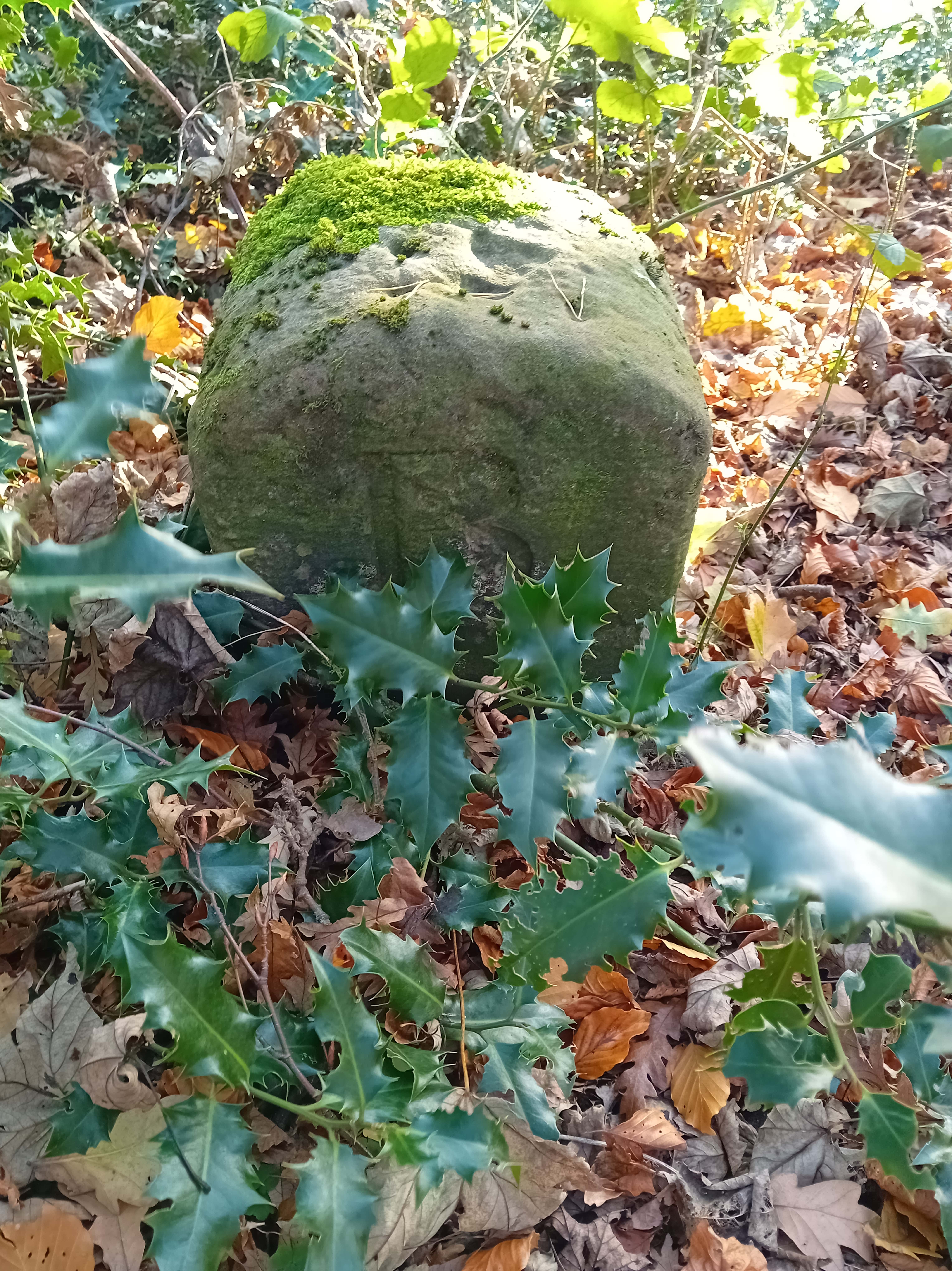
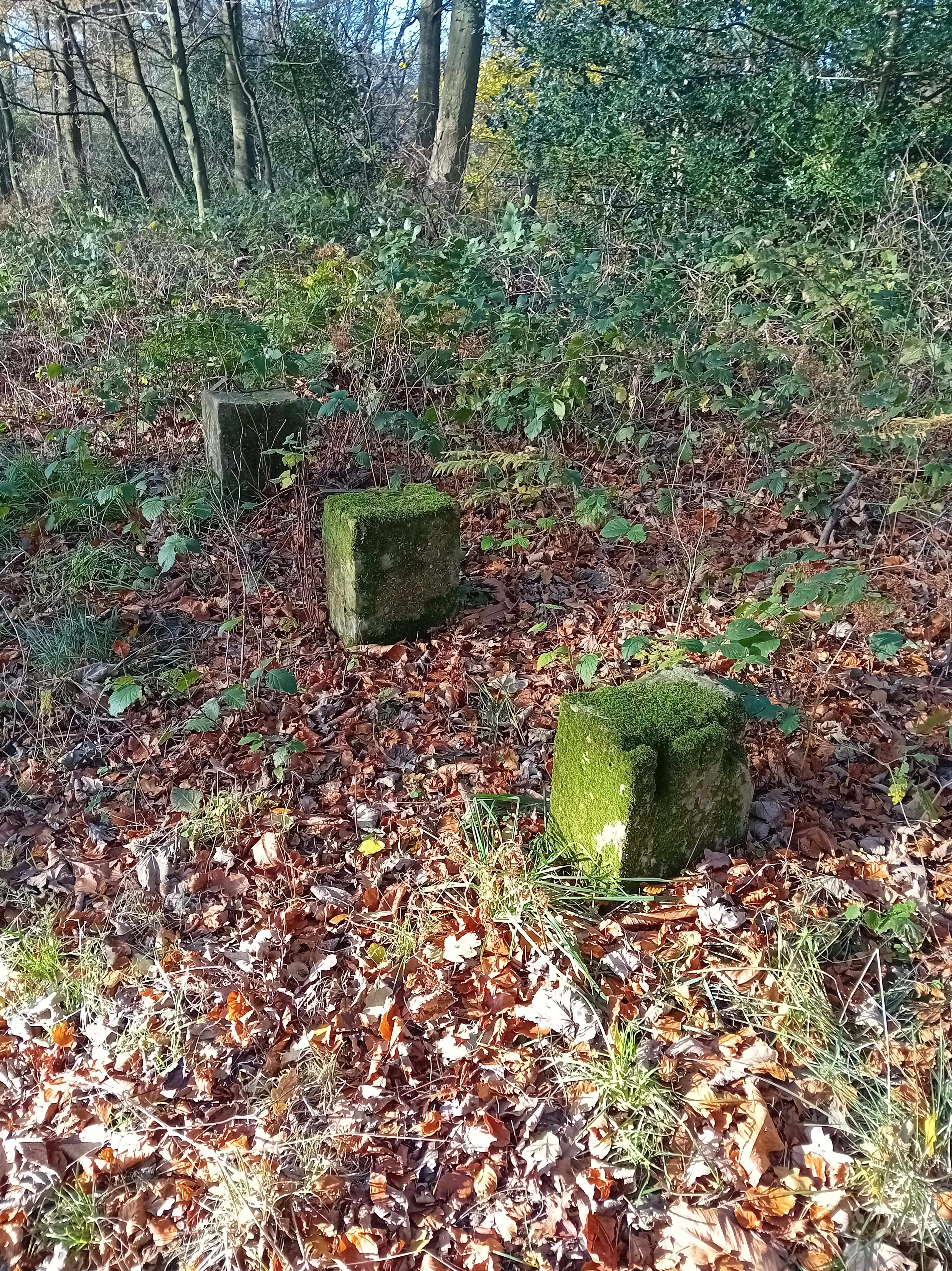
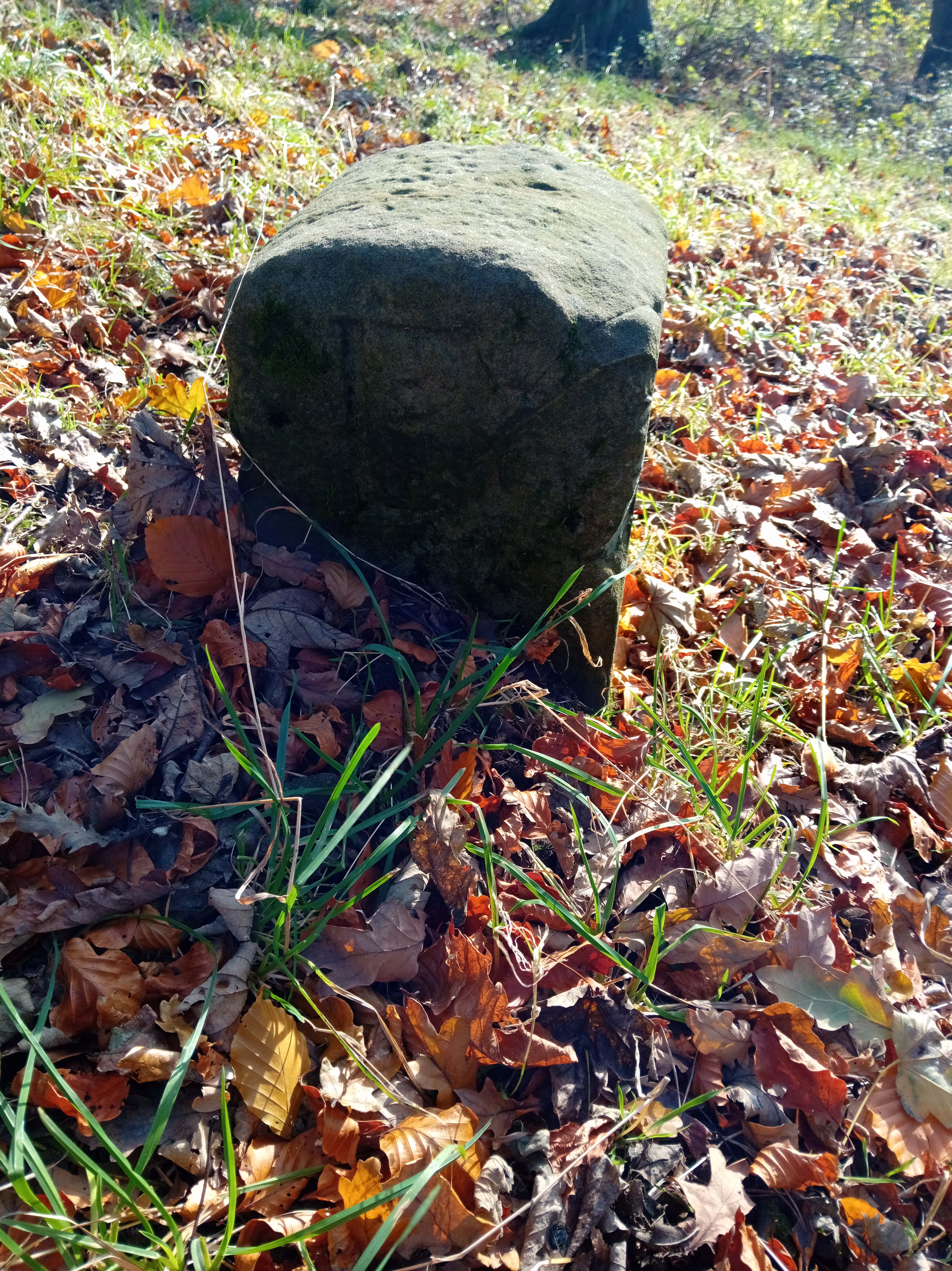
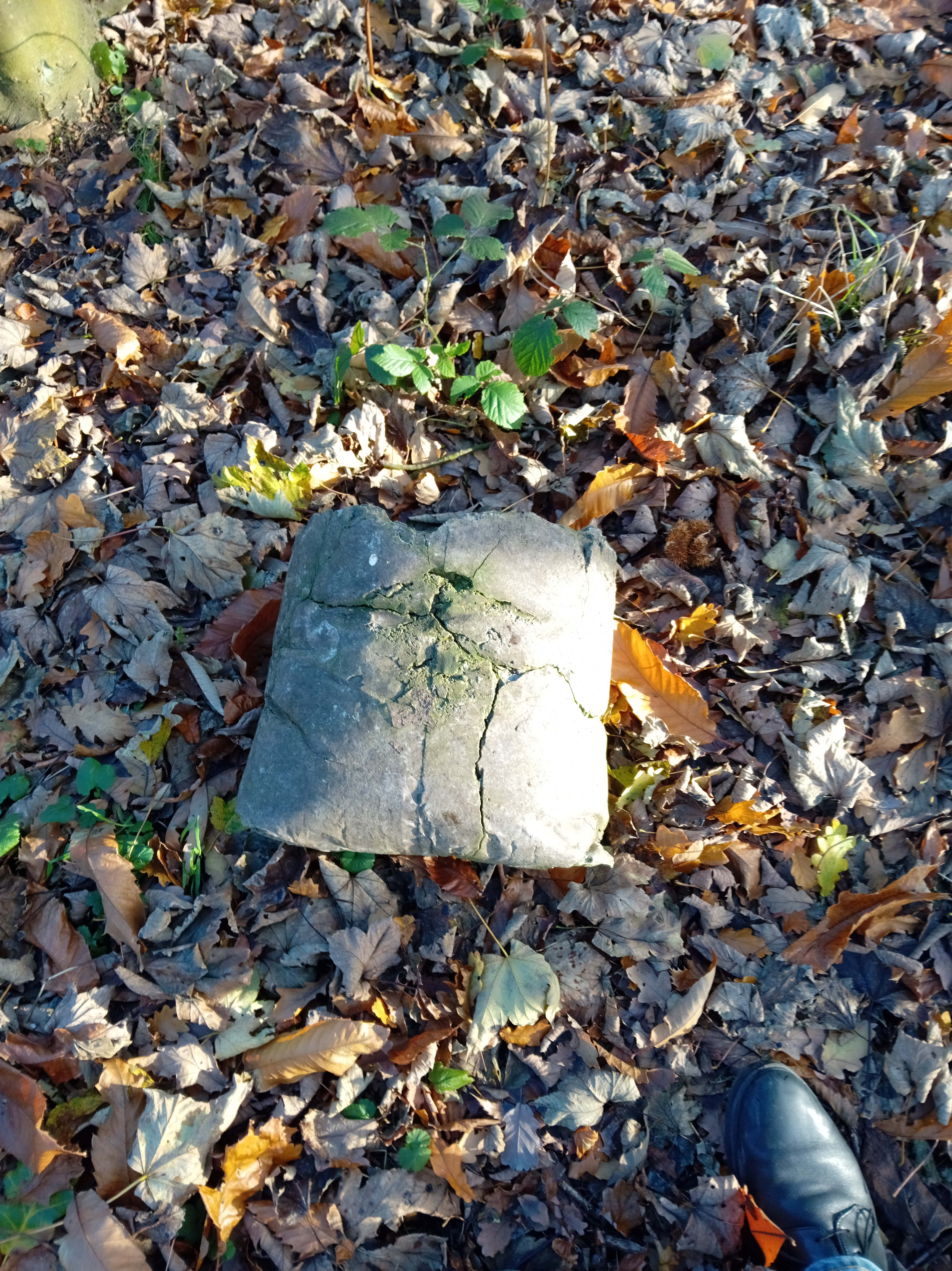
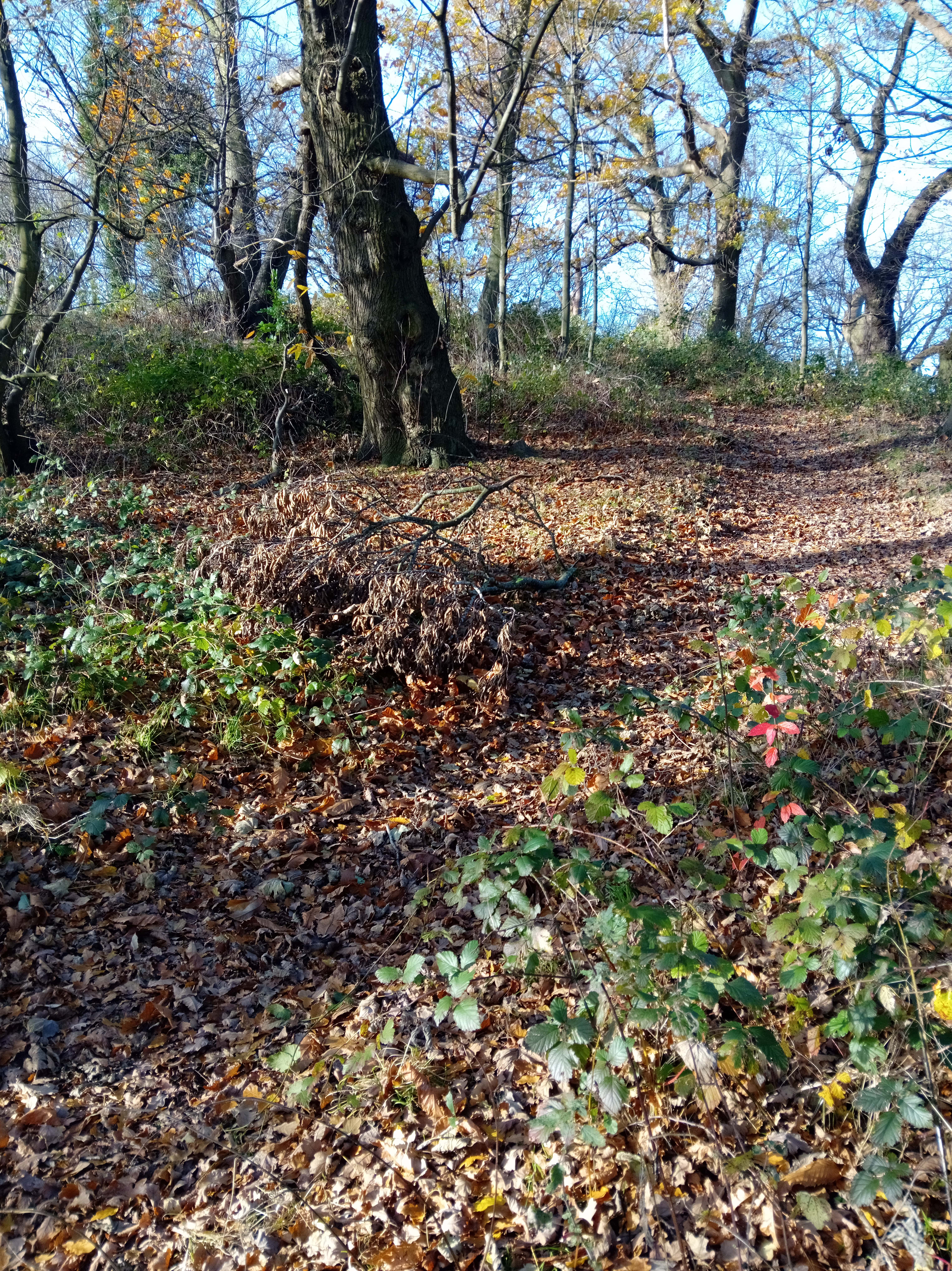
Markinch was originally a Gaelic name, it was Marc Innis which translates to horse-field. It is believed Markinch was the Pitctish capital of Fife, this theory has persisted since 1895 when John Sturgeon Mackay completed his scholarly works of Fife.
During the 12th century, Markinch was used as a neutral meeting ground between two sub-kingdoms Fife and Fothriff, this may have been a holdover from an earlier time given credence to the work of John Sturgeon Mckay.
Stob’s cross (pictured) is the oldest monument within Markinch, it can reliably be dated back to 1794 when it is referenced in Thomson, Rev John. The Statistical Account of Scotland – volume 12, Creech: Edinburgh 1794. The cross was effaced during the reformation.

The 12th century was a turning point for the Gaelic warlords as they began to come under feudal rule of their monarch Alexander the First. Feudalism began the great MacDuff Earls of Fife with their strongholds in the Valley of Leven pledged their military to King David the First in return for land tenure, protection and security for their sons. It was during this time the Earls also began to marry into Anglo-Norman aristocracy. Markinch, Balbirnie and surrounding areas became bargaining chips as feudal estates were carved out along the River Leven for the premier Earl.
During the 12th century one of Markinch’s most notable buildings was completed during the medieval era, the tower of what is now Markinch Parish Kirk (church). The tower is one of Scotland’s best preserved Norman towers and has been in continuous use since it was built. The Normans left simple building instructions on the methods used to construct the tower. A croix pattée (footed cross) is inscribed on the keystone of the western arch underneath what may possibly have been a decorated molding surrounding the arch. It has been noted that Saltires from the Norman church have been seen built into the south wall.
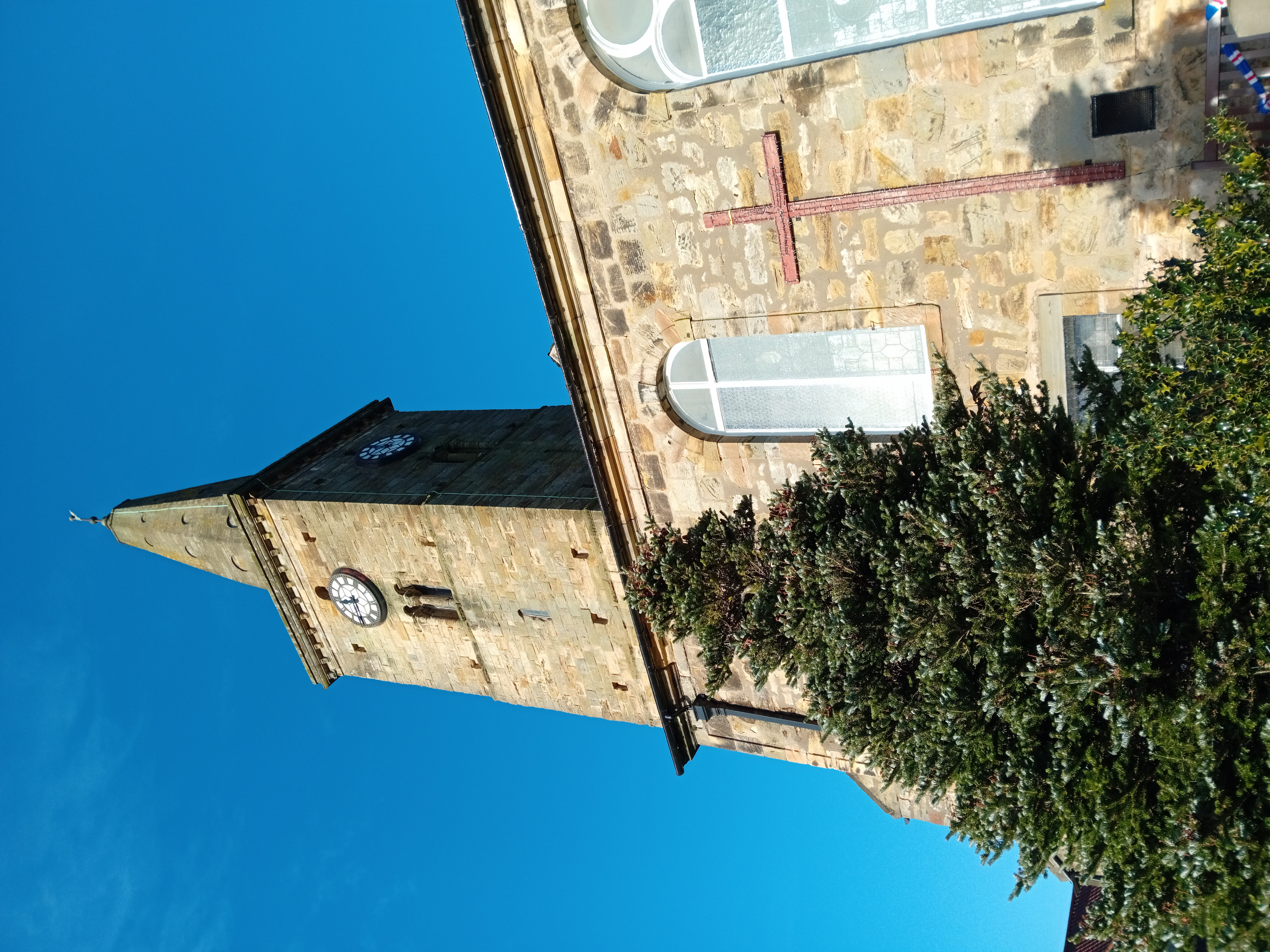

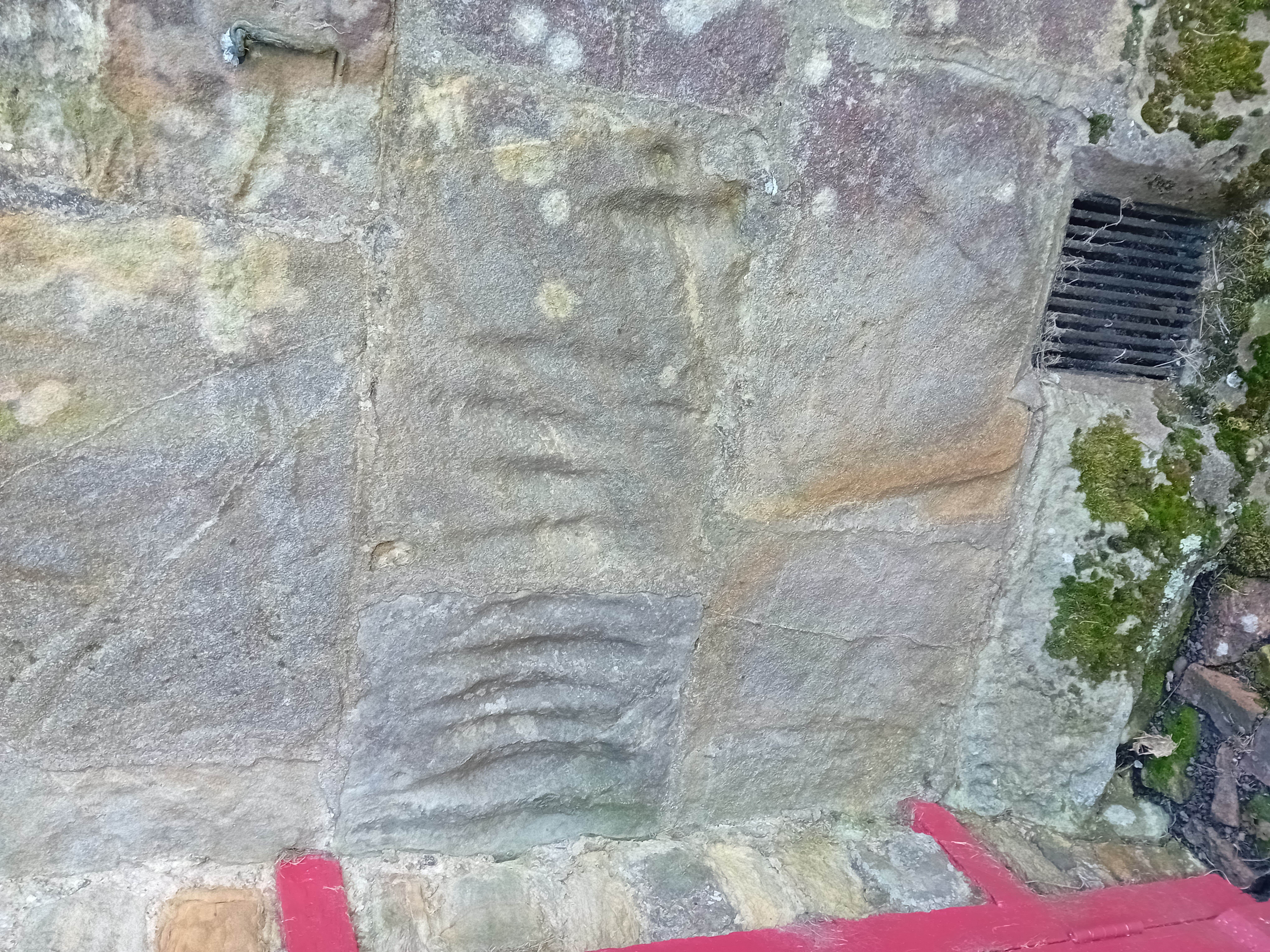
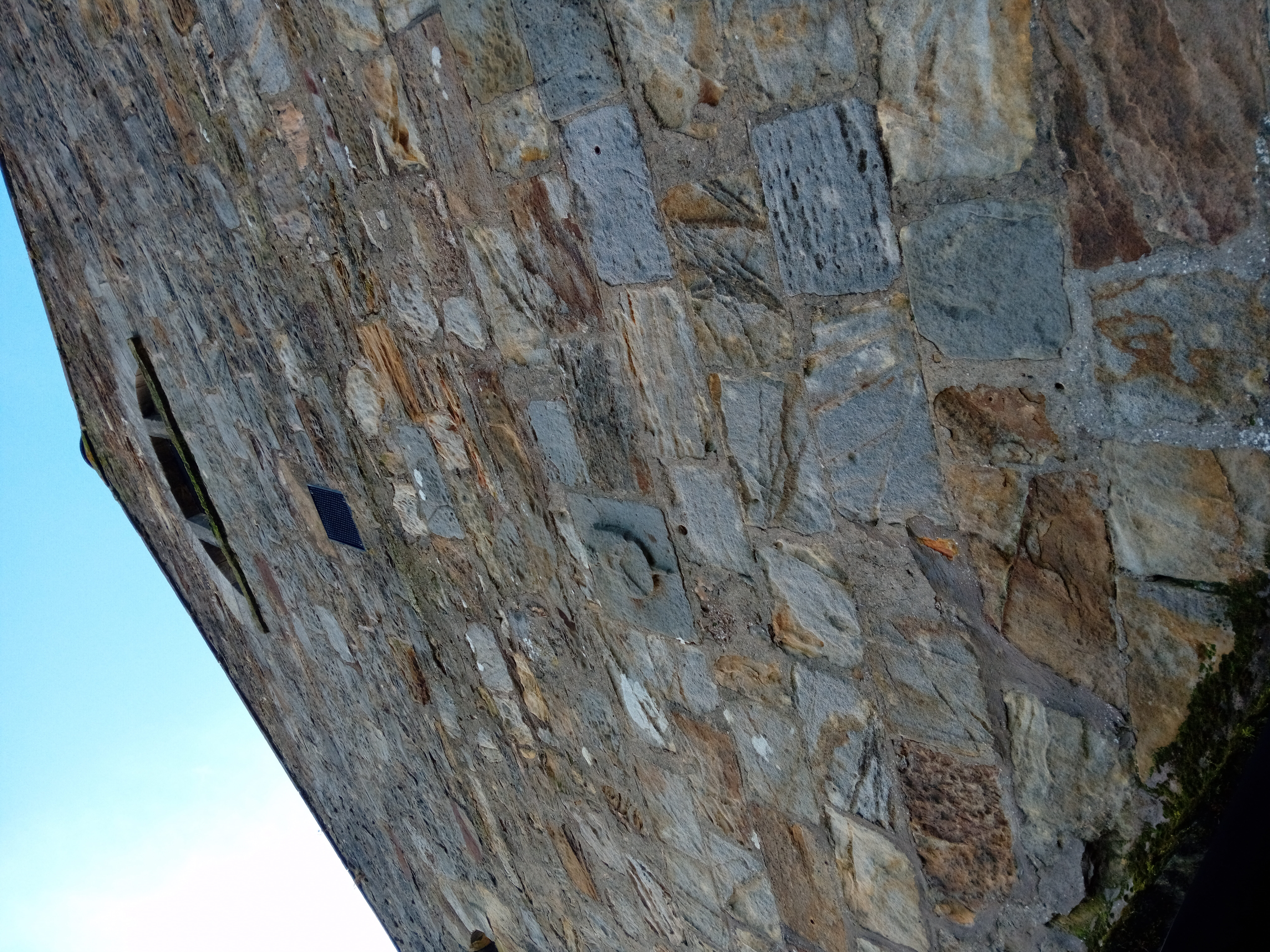
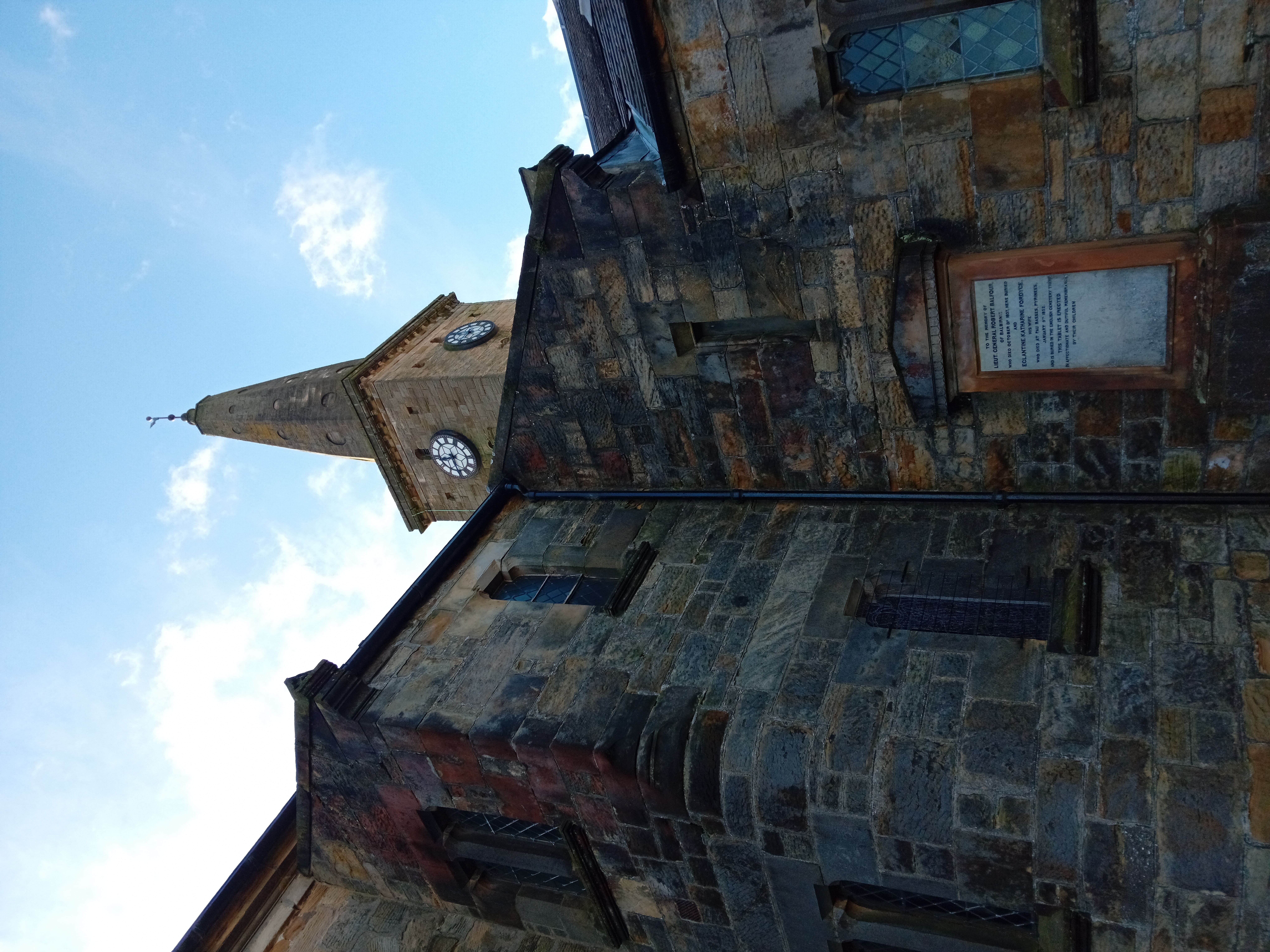
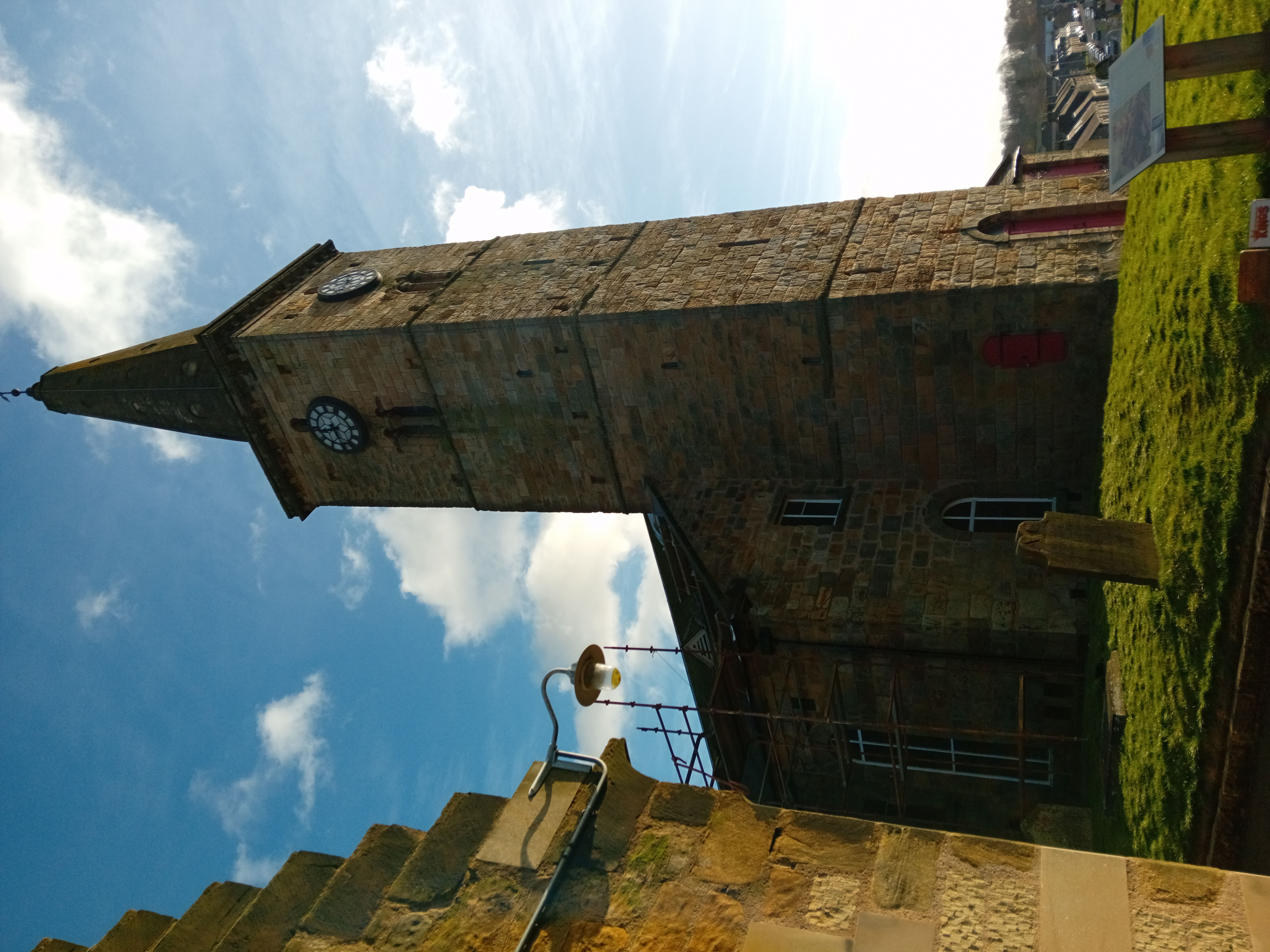
It was around 1360 a new seat of power sprang up further down Levendale with the construction of the massive tower of Balgonie castle by Sir Thomas Sibbald, treasurer to David the Second. The office was later held by the Lundie family.
During the 14th century Markinch’s influence continued to decline, power had slowly been moving north to Cupar, the primary focus of the Earls of Fife. The Valognes moved to a new stronghold on the island of Inchgall on Loch Ore and married into the Wardlaw family. Markinch’s decline was partly due to not having direct access to the sea and lack of royal burgh charter.
The Lindsays purchased Wester Markinch. Lord John Multray began to carve out a barony around the town in the power vacuum left by the departing Valognes, his legacy would last ten generations.
The 15th century is marked by the rise of great landed estates that were to dominate the area for years to come. The Balbirnie estate was held by John de Balbirnie, a descendant of a noble who fought alongside Edward the First, also known as the hammer of the Scots and Longshanks. The estate of Balfour was held by the descendants of sheriff John de Balfour who died fighting on the other side with William Wallace.

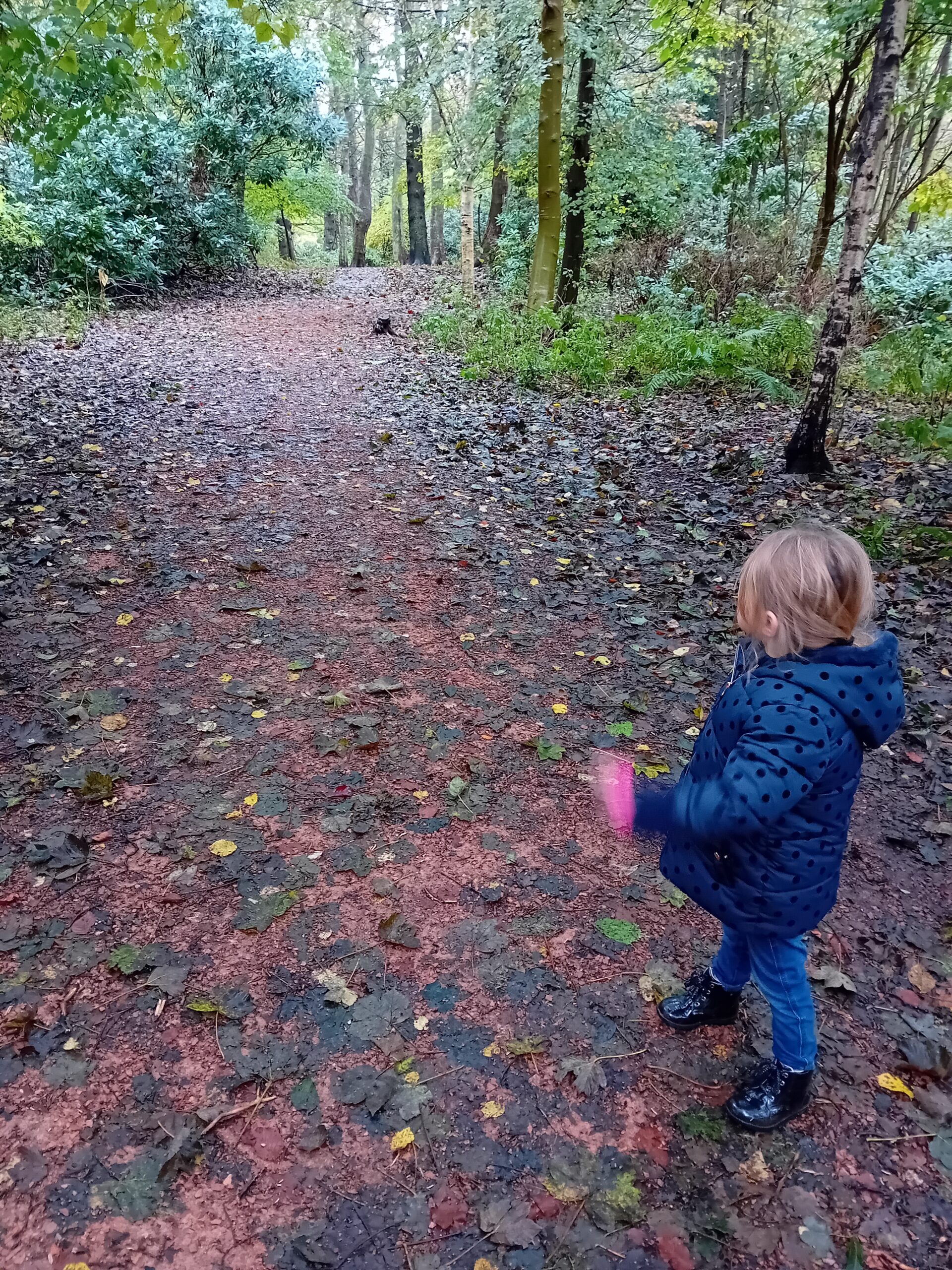
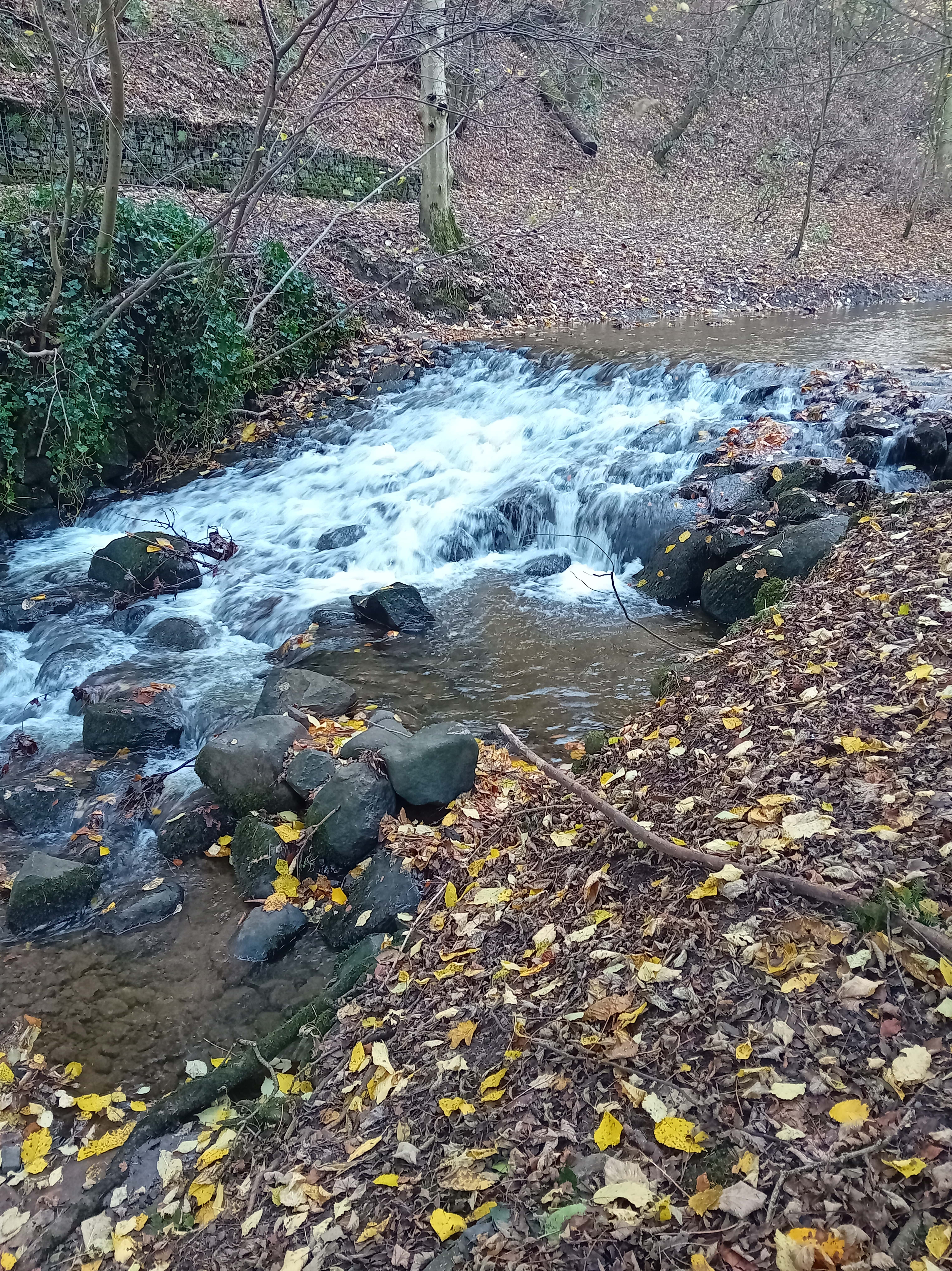

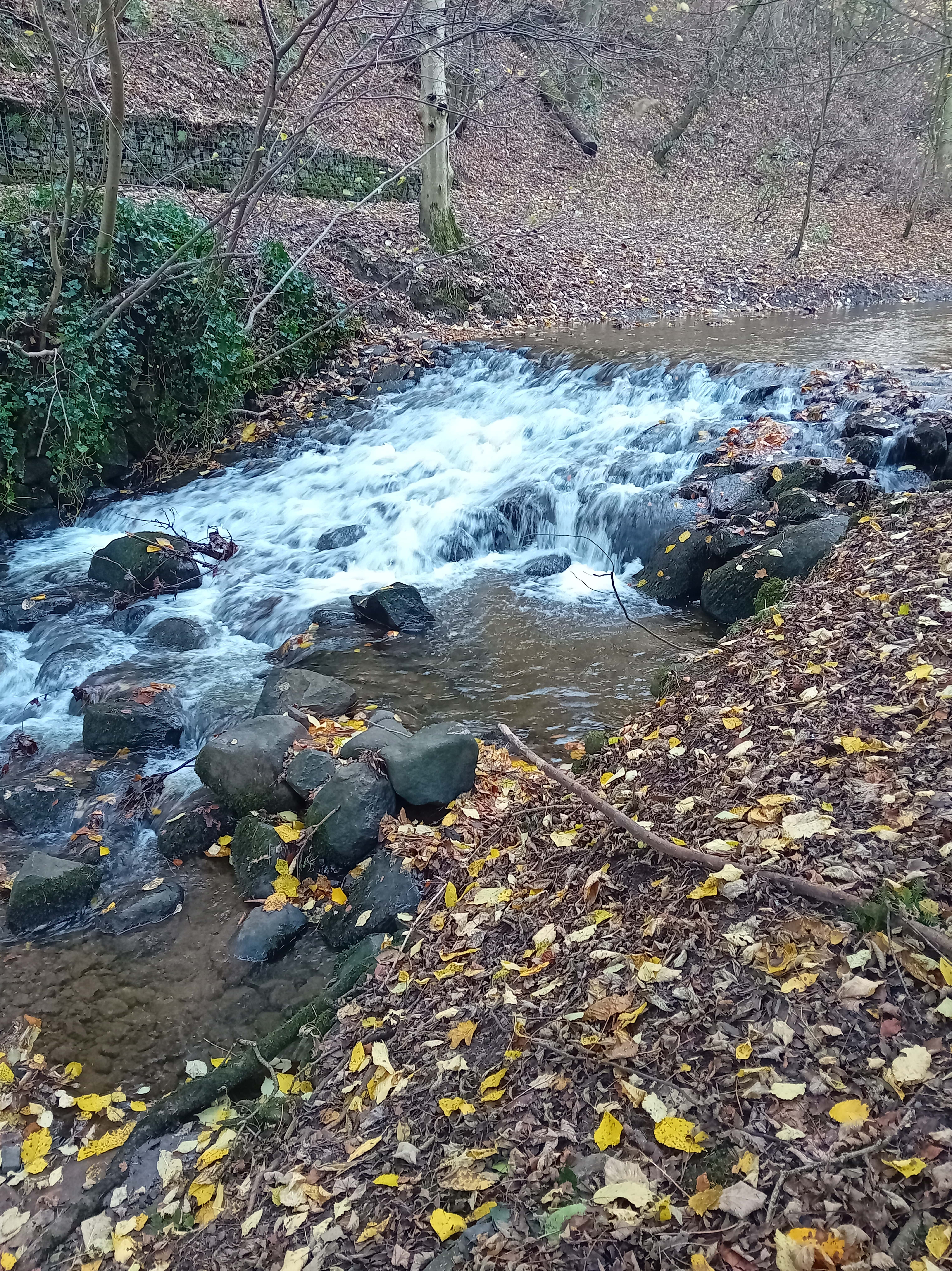
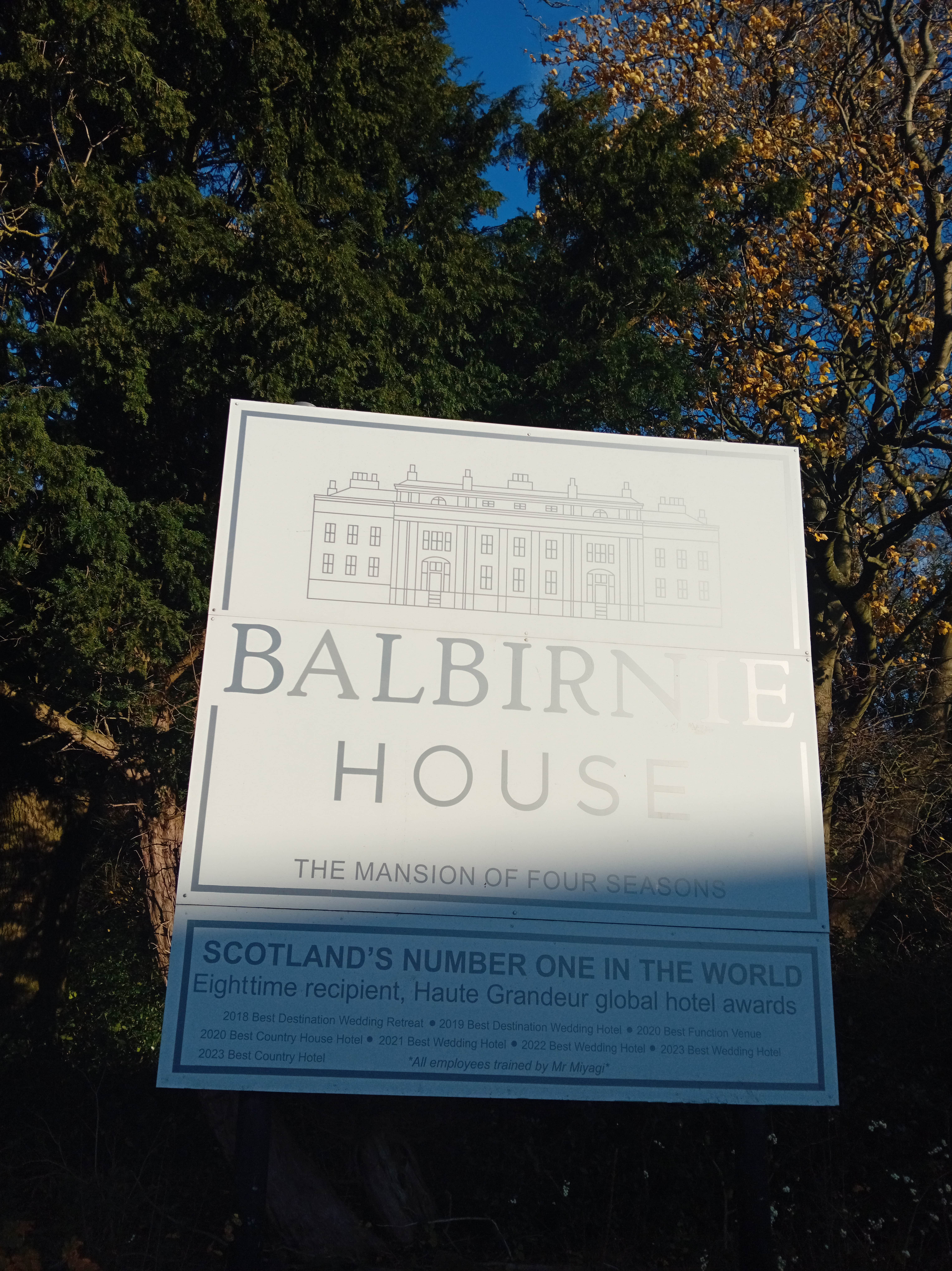

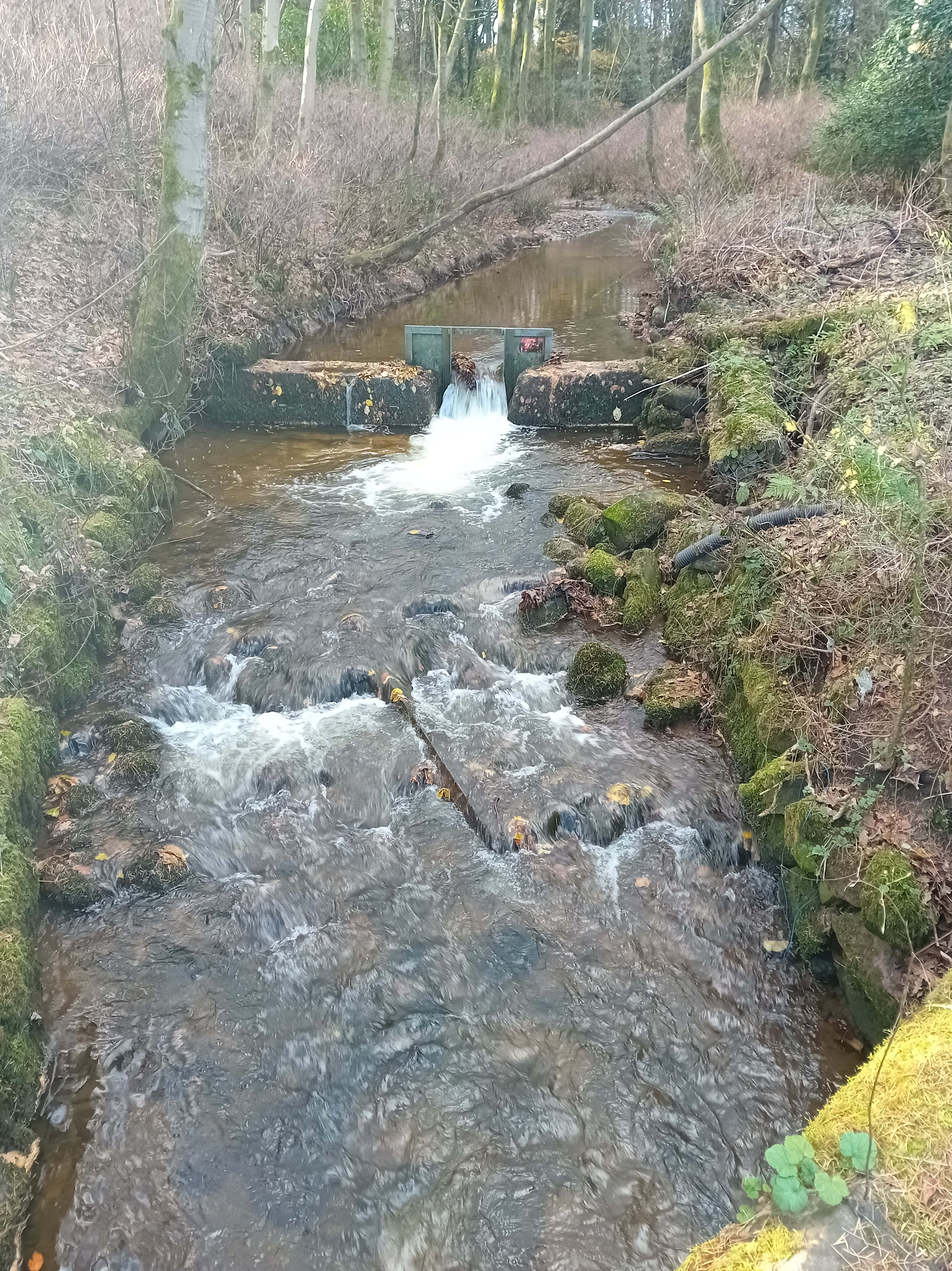
Christiana Valognes married John Cockburn, the lands of Brunton and Dalginch were then in the hands of the Cockburn family. The feudal superiority remained with the Wardlaw’s, the family of her first husband. The Rothes estate was held by the Auchmutie’s.
Little is recorded of Markinch during the Jacobite rebellion; a single incident is mentioned and that is whilst waiting to meet Bonnie Prince Charlie, also known as the old pretender to some (please note I’m simply stating names he was known by not taking sides on this somewhat still political topic). Rob Roy MacGregor managed to capture a group of Kirkcaldy militia and Swiss mercenaries in the streets whilst waiting for Charles Edward Stuart to land in Peterhead in 1715.
The latter part of the 18th century began to see Markinch expand again. By the end of the century a hill had been levelled, this is where the old post office building now stands. The foundations for Commercial Street and Balbirnie Street had also been laid.
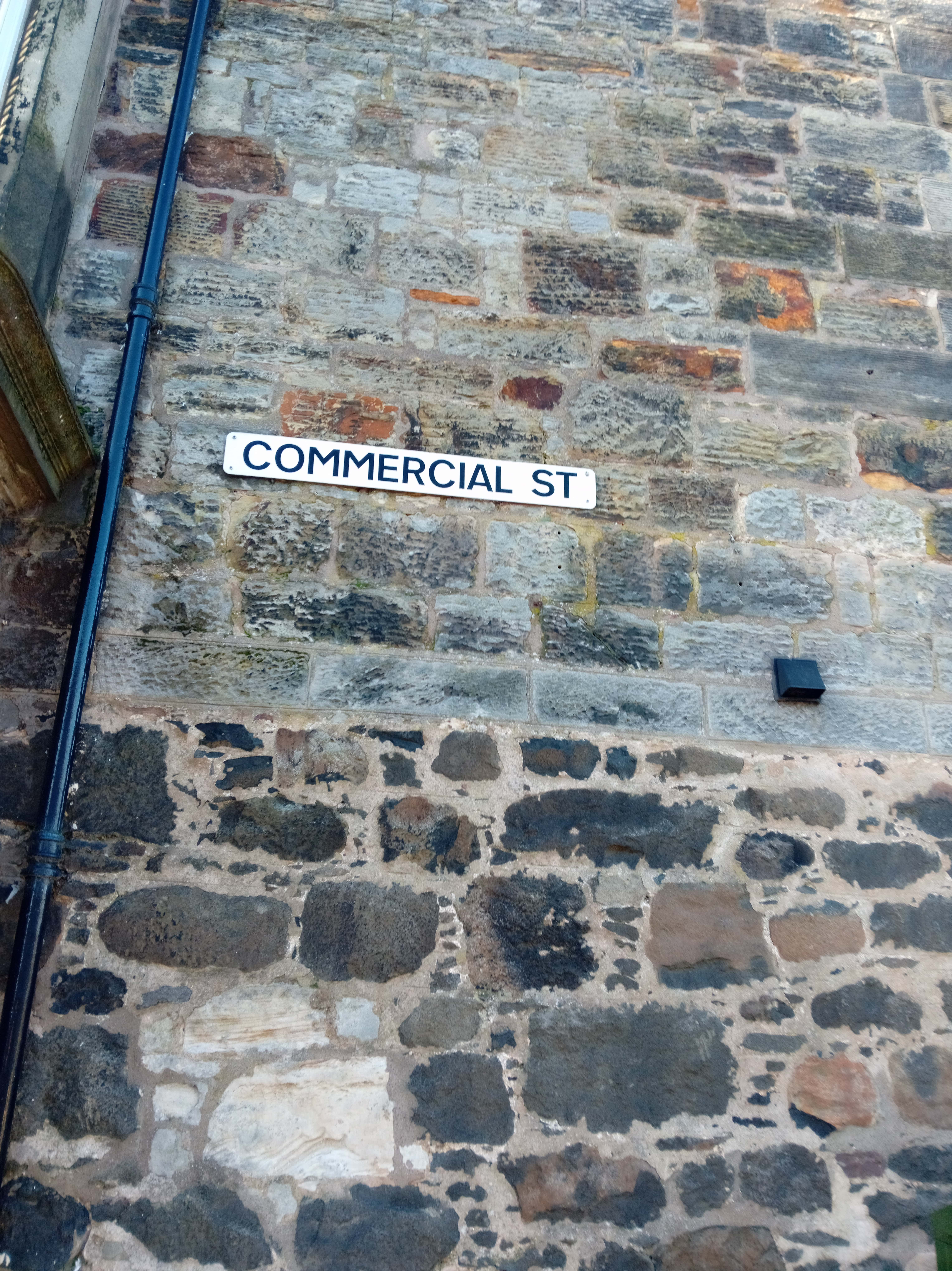
The Balgonie estate was owned by David Earl of Leven and Melville. Despite the coal mines, the estate was already in financial trouble. The Earl attempted to clear the debts of the estate using iron works based on local ore of the area, this eventually failed, and the family sold out to the Balfour’s of Whittingham. By 1824 Balgonie came to be run alongside the more successful Balbirnie estate run by another branch of the Balfour family.
The Ballingall and Balfour families put Markinch on the industrial map. Good management of the coal mines with an industrious scheme to regulate the flow of the River Leven through the waterway linked to Loch Leven ensured the success of the factories.
When the Balfour’s secured the route of the railway past Markinch in 1847 the town began to prosper. Industrial benefactors began to dignify the town with public buildings and private houses. Shops began to open down Commercial Street and into Betson Street. Markinch was granted Police burgh status by the end of the 1800’s, it was slowly becoming known as the Garden of Scotland.

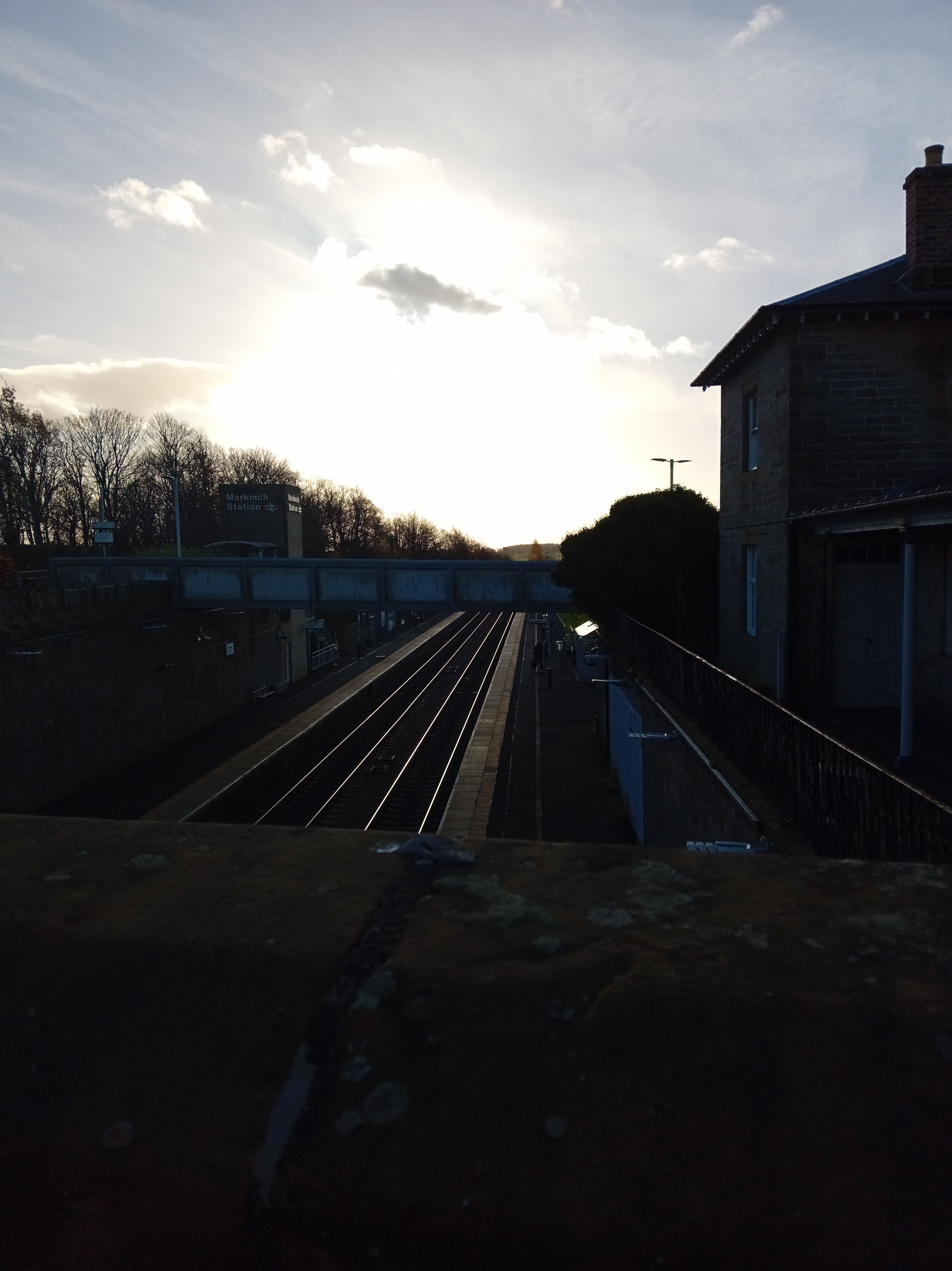
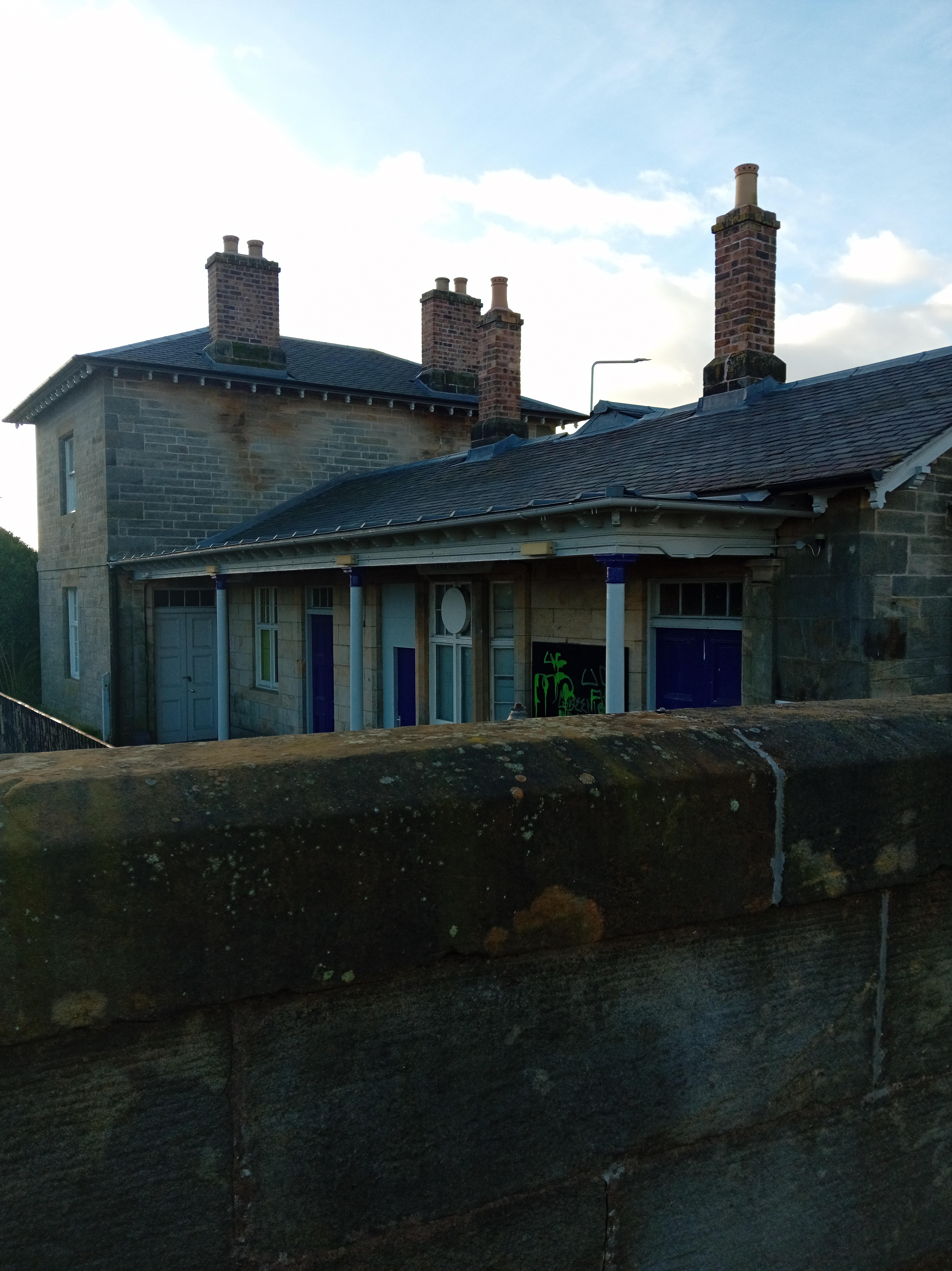
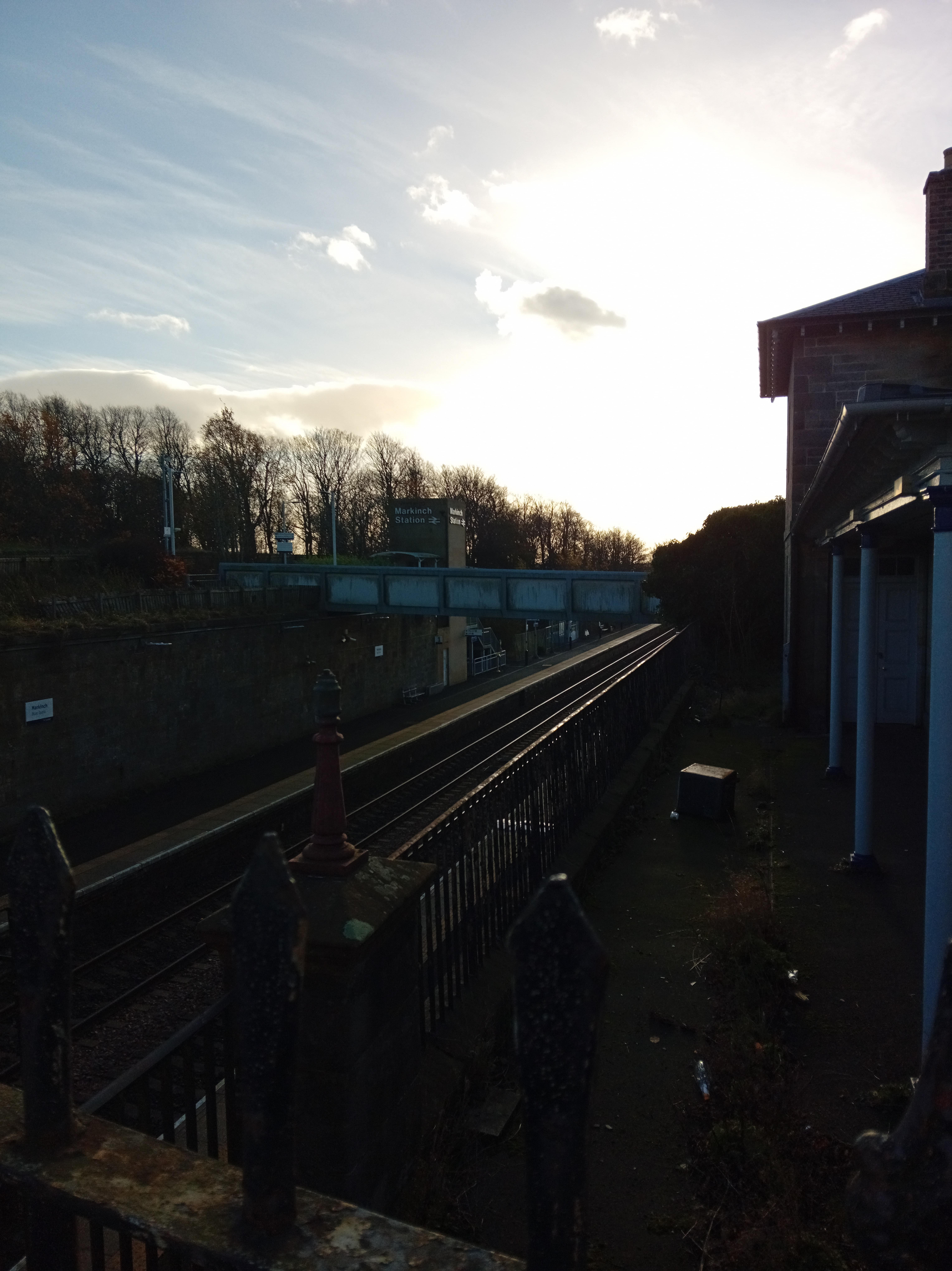
Despite the wars of the 20th century Markinch continued to prosper a papermill and whisky bottling facilities were major employers in the area. In the 1940’s a new town was established, the town was called Glenrothes. Markinch slowly began to lose influence again and shops in the town closed and it even lost its burgh status and was absorbed into Kirkcaldy’s district, some say with the town now being administered remotely it had lost some of its identity.
1971 tragedy struck Markinch, during a football match between Rangers and Celtic eight boys went, tragically only three boys returned home that day.

It was in 1983 another unfortunate turn of events happened when the Haig building in Markinch also closed its doors for the final time, out of close to six hundred staff only two hundred and thirty-one people kept their jobs and were transferred to the bottling plant in Leven roughly six miles away.
Tullis Russell an established employer within Markinch also closed its doors in 2010, this ended the legacy of a company of over 200 years. Approximately 475 people lost their jobs.
As we approach 2024 Markinch has once again sprung to life again, developers have taken an interest in the quiet village and have been building a significant number of houses down near the A911.
One things for sure the future of Markinch will be interesting!


Thank you for the article. I look forward to more.
I found this via Reddit.
I’m glad you liked it
There’s a few obvious mistakes in the article which aren’t historical , this is a common thing unfortunately .
The rests no bad though
Feel free to point out any errors you think there may have been, I’m always open to correction.
When I was at Markinch Primary School (1970’s)I remember being told the name Markinch meant Island in the Marsh.
Mark translates from Scottish Gaelic as horse well more accurately a steed and Innis as island or meadow (typically flat area of land), it seemed more accurate to translate it as horse-field. However horse meadow/island does sound a little more poetic I guess.